Navigating Bulk Nicotine Procurement: A Supplier Selection and Guideline Overview
1.
The nicotine product market has undergone significant transformation, driven by evolving consumer preferences and the digitization of B2B trade. Whether purchasing nicotine pouches, liquid nicotine, or tobacco-free nicotine alternatives, today’s buyers must adopt a more strategic approach—one that prioritizes transparency, regulatory compliance, and supplier reliability.
Bulk purchasing, especially across global borders, presents both opportunities and challenges. This guide breaks down essential factors that impact purchasing success and offers region-specific insight into procurement channels, pricing models, and cooperation strategies.
2. Key Considerations When Purchasing Nicotine Products in Bulk
For wholesale buyers, product quality and regulatory compliance should be the foundation of every purchasing decision. Consider the following pillars when evaluating a nicotine manufacturer or liquid nicotine wholesaler:
-
Supplier Reputation and Compliance: Ensure the manufacturer adheres to FDA, TPD, or other applicable safety and quality regulations. A reliable nicotine factory will provide certificates of analysis (COAs), material safety data sheets (MSDS), and GMP certifications.
-
Nicotine Preparation Method: Understand whether the product is tobacco-derived nicotine (TDN) or synthetic nicotine (TFN). This not only impacts legal classification in certain regions but also consumer marketability.
-
After-Sales Support and Logistics: Evaluate return policies, responsiveness, and the ability to support repeat bulk orders or urgent fulfillment. Reliable vendors will maintain open lines of communication and transparent delivery timelines.
Due diligence in these areas reduces procurement risks and builds long-term sourcing partnerships.
3. Comparing Procurement Channels: China vs. the United States
The region of purchase can heavily influence cost, lead time, and compliance requirements. Here’s a comparative overview:
China
-
Pros: Competitive pricing, OEM flexibility, direct access to nicotine factories, scalable production volumes.
-
Cons: Requires regulatory knowledge, language or logistics barriers, and thorough vetting of suppliers’ certifications.
-
Best Use Case: Ideal for cost-driven buyers and companies looking to develop proprietary formulas or packaging.
United States
-
Pros: Strong regulatory alignment (e.g., FDA), simplified compliance, faster domestic logistics, accessible customer support.
-
Cons: Higher base costs, especially for custom or niche products.
-
Best Use Case: Suitable for buyers requiring consistent, fully compliant supply with lower risk of cross-border complications.
Buyers should assess local regulations, customs duties, and lead times when selecting a procurement region.
4. Understanding Cost Composition: Equipment, Materials, and Processes
The total landed cost of bulk nicotine products involves several components:
-
Raw Materials: Includes the grade and source of nicotine (synthetic or extracted), plant fibers, flavoring agents, and food-grade stabilizers. Premium ingredients drive higher unit pricing.
-
Production Equipment: Manufacturers using advanced pouching or mixing machinery often deliver higher consistency and output—but with added production cost.
-
Labor and Quality Assurance: Certified cleanrooms, batch testing, and GMP-compliant handling contribute to both cost and product reliability.
-
Packaging: Depending on the target market, child-resistant, recyclable, or custom-branded packaging will impact per-unit pricing.
-
Freight and Duties: Especially for cross-border orders, shipping method (air, sea, express), customs classification, and Incoterms (EXW, FOB, CIF) must be factored into pricing.
Bulk buyers should request a breakdown of these elements in the quotation process for transparent cost forecasting.
5. White Label vs. OEM: Which Procurement Model Fits Your Business?
Understanding the distinction between white label and OEM options is vital for shaping your go-to-market strategy:
White Label Products
Pre-formulated, ready-to-brand nicotine products—ideal for fast market entry.
-
Benefits:
-
Shorter lead times
-
No R&D investment
-
Low MOQs
-
-
Recommended For: New brands, retailers, and distributors testing new market segments.
OEM (Original Equipment Manufacturer)
Custom product development under your brand, tailored to your formula, strength, flavor, and packaging specifications.
-
Benefits:
-
Total brand control
-
Competitive differentiation
-
Intellectual property ownership
-
-
Recommended For: Established brands and large-scale distributors building proprietary product lines.
Pro Tip: Start with white label to validate your market, then scale into OEM for long-term growth.
6. How to Place an Order, Request a Sample, and Initiate Cooperation
A strategic purchasing process typically includes the following steps:
Step 1: Request a Sample
-
Assess product integrity, pouch structure, flavor consistency, and nicotine performance.
-
Ask for COA, ingredient list, and regulatory documents.
Step 2: Evaluate the Supplier
-
Confirm certifications (e.g., ISO, GMP) and review prior customer references.
-
Discuss lead times, capacity, and flexibility in scaling production.
Step 3: Negotiate Terms and Place an Order
-
Clarify MOQs, payment terms (deposit vs. balance), delivery windows, and Incoterms.
-
For repeat orders, negotiate volume-based discounts or exclusive SKUs.
Step 4: Finalize the Agreement
-
Sign a purchase agreement detailing custom packaging, flavor selection, and post-sales support.
-
Consider including confidentiality clauses if pursuing OEM.
Start Here: Visit Snuff Factory to explore product categories and initiate a partnership request.
7. Conclusion
Bulk purchasing of nicotine products is no longer limited to legacy distributors or local factories. With the rise of digital sourcing, global buyers now have access to sophisticated OEM manufacturers, flexible white label solutions, and scalable logistics.
The key to success lies in aligning your sourcing strategy with the right nicotine manufacturer—one that offers transparent processes, product reliability, and the regulatory credibility needed for your target market.
Take time to assess the quality of ingredients, factory certifications, and product differentiation opportunities. Whether purchasing nicotine pouches, liquid nicotine, or exploring private-label tobacco-free formats, leveraging trusted suppliers like Snuff Factory will help you achieve both compliance and competitiveness.
Action Point: Begin your procurement journey by requesting samples, comparing OEM vs. white label options, and building a long-term relationship with a nicotine factory that meets your strategic needs.

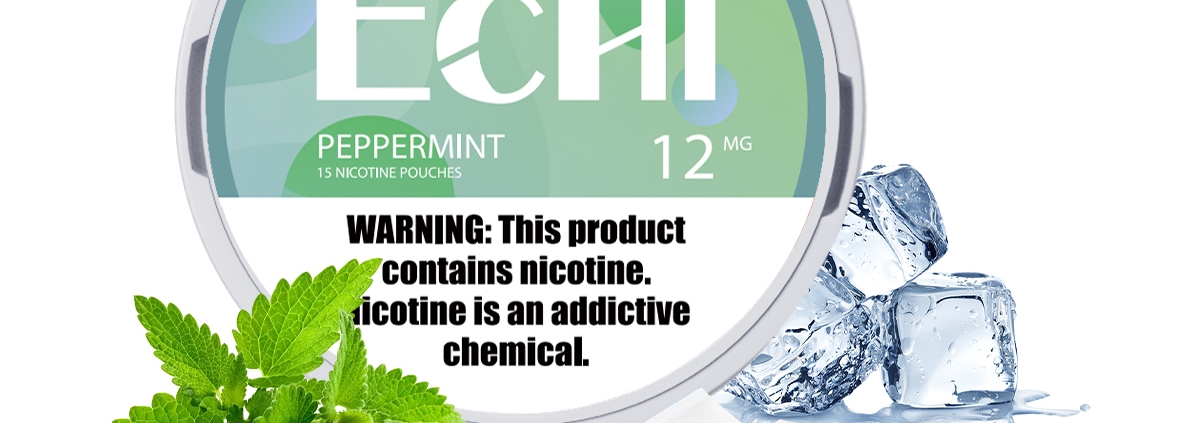

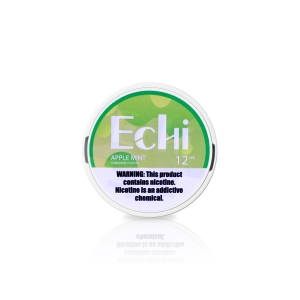

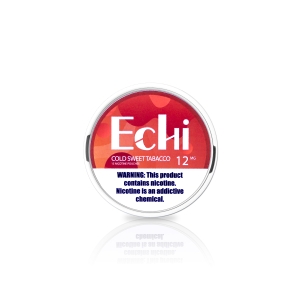
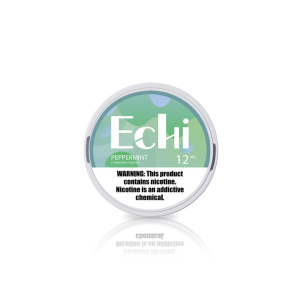

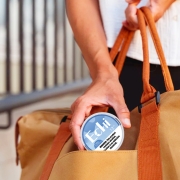
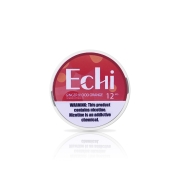
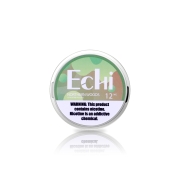

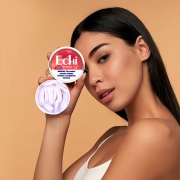


Leave a Reply
Want to join the discussion?Feel free to contribute!